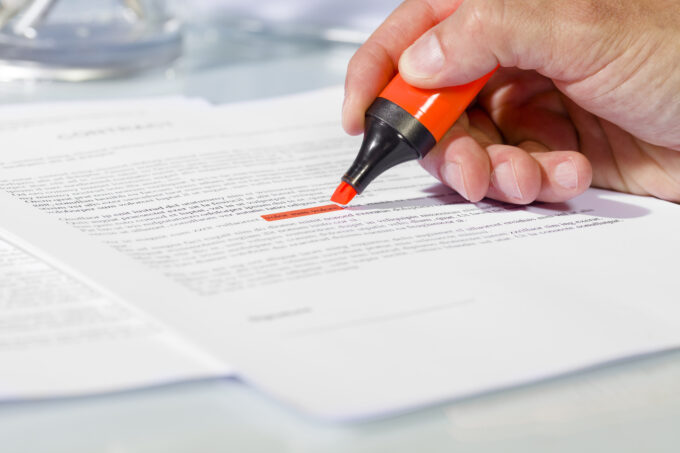In NSW, you may be liable for ‘landholder duty’ when you acquire shares in a company or units in a trust that owns land (“a landholder”) with a threshold value of $2 million or more.
The liability arises when you acquire a significant interest in a landholder (entitling you to 50% or more of the property of a private landholder or 90% or more of the property in a public landholder), or you acquire an interest that amounts to a significant interest when aggregated with other interests you own or with interest(s) owned by an associated person (e.g. a related company entity). Landholder duty is charged at the same rate as the transfer duty (formerly known as stamp duty) charged on normal land acquisitions.
As of 24 June 2020, the State Revenue Legislation Further Amendment Act 2020 (NSW) (“the Act”) has introduced changes to:
- how the threshold value of land is determined,
- the meaning of land, and
- who is liable for landholder duty.
Threshold Value
Previously, the method of determining the value of the landholdings of a landholder for the threshold provisions was on the ‘unimproved’ value of the land.
Now, the threshold value is calculated on the ‘unencumbered’ value of the landholdings, that is, based on the market value or sale price you might expect to fairly receive on the open market and disregarding any encumbrances.
Definition of Land
The definition of what is ‘land’ has been changed to include anything that is fixed to the land, whether it is legally definable as a fixture or not. Section 163K of the Duties Act 1997 (NSW) outlines a list of goods that are excluded from calculating landholder duty, including goods under manufacture, registered motor vehicles, livestock, goods used in connection with land used for primary production, stock-in-trade, and ships or vessels.
Liability for Landholder Duty
Previously, liability for landholder duty rested with the person acquiring the interest in the landholder, as well as several and joint liability for associated persons of the acquirer who also held an interest in the landholder.
That joint liability has now been extended to the landholder, and to any persons whose interest is aggregated to work out whether the acquisition is a dutiable transaction. The Act also stipulates that the liability of a landholder grants a charge over the land so that a Caveat can be registered in the event the liability is not repaid.



























